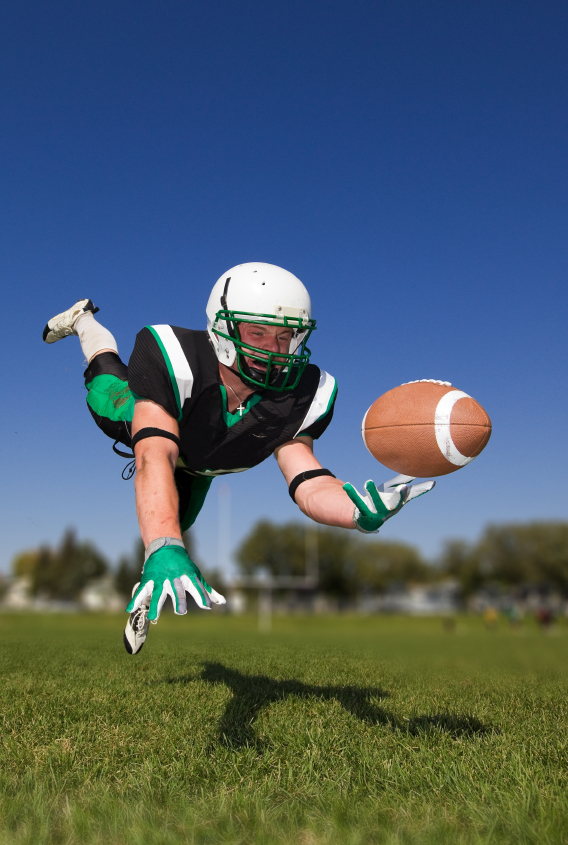The “jammed” finger is a common injury in ball sports, such as basketball and football. Many athletes and coaches have followed the time-honored tradition of pulling on the freshly injured finger to straighten or release it. While it can be tempting to self-treat these injuries because it is “just a finger,” there are four pitfalls of delayed evaluation and treatment.
- Stiffness: This is the most common complication of finger sprains and fractures, and it can occur in even minor injuries and in children. Once a significant fracture has been ruled out with an X-ray, a specialist will generally encourage protected early motion with close follow-up. Treatment may also involve a therapist if motion is not progressing. Having it evaluated within a few days after the injury is key.
- Should I pull on it? If the finger looks bent or out of socket, it can be hard to resist attempting to pull or correct the deformity. But, this is best left to the professionals and should be evaluated and treated immediately. Fractures can often look like dislocations and can be made worse of not treated appropriately.
- Splinting: Most finger injuries that do not require surgery will be treated with splinting. Your orthopedic surgeon can help you determine which type of splint and how long to wear it. Some injuries may not appear deformed initially, and appropriated splinting can help prevent this complication.
- What should I do? It can be difficult to tell if a jammed finger is sprained or fractured, and whether self-treatment is appropriate. While splinting, icing or buddy-taping may be appropriate for minor injuries, some will require surgery or other specific treatments. It is important to have the finger evaluated by a specialist and get effective treatment started right away to minimize your risk of complications.
Matthew DesJardins, M.D., is an expert in spine-related disorders and practices at OrthoCincy.

